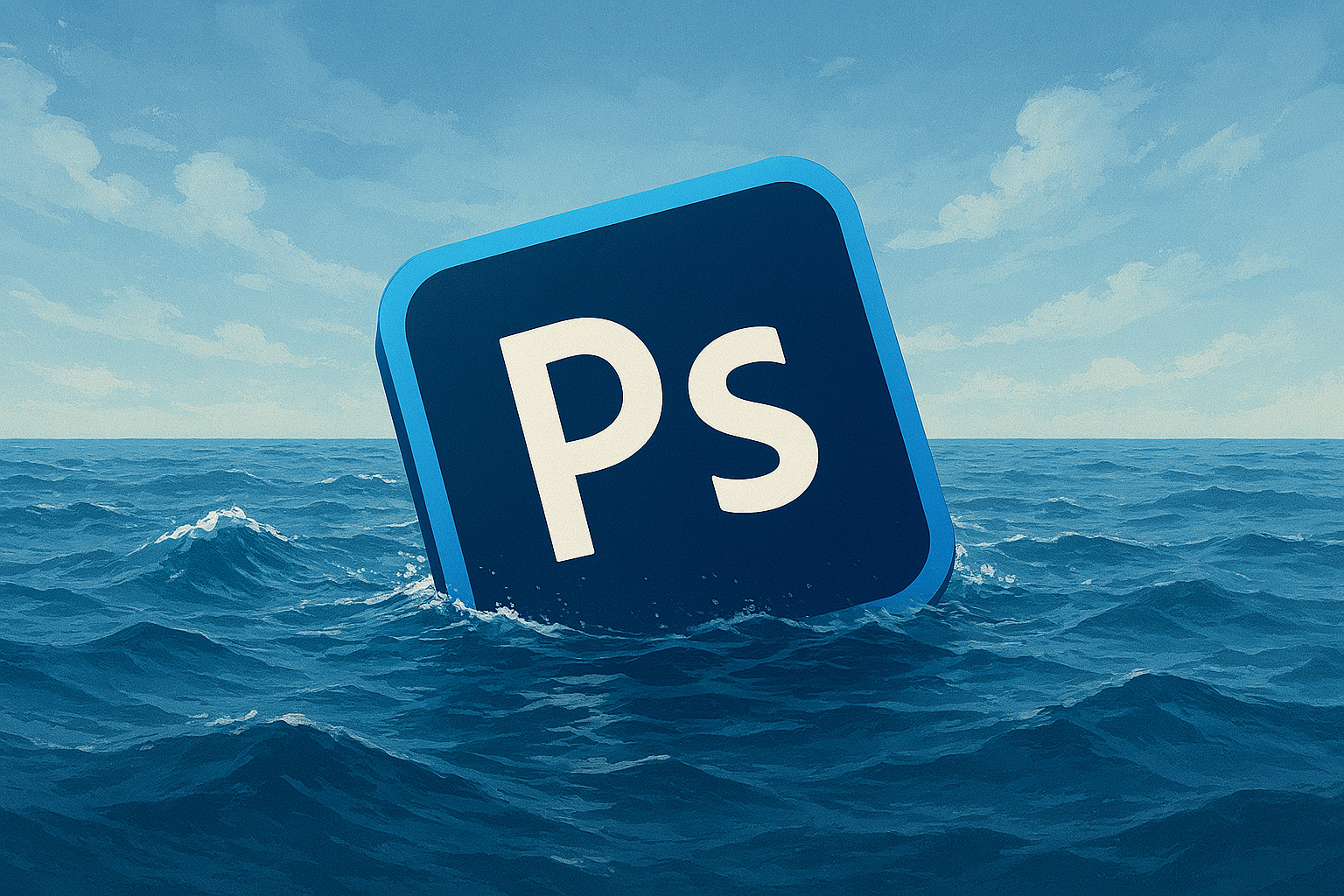Since the release of Halo 2 Vista in 2007, Halo has not had a major outing on the PC platform. Though Halo Online and Halo 5: Forge on PC provided decent experiences, they were riddled with problems and were overall not popular with either Halo's community or the PC gaming one. With 343 Industries' effort to bring all the titles from the Master Chief Collection to PC, though, the lack of Halo on the platform is changing — and Halo: Reach, Bungie's final entry of the franchise, is the first game to make the migration following months of testing and tweaking, supported by community feedback from Halo Insiders.
But is the port any good?
After testing the game extensively, I can confidently say the port is better than good. It's excellent. And while there are some problems worth highlighting, the ultimately successful migration of Halo: Reach to PC makes me excited for the future of the franchise on the platform.

$10
Bottom line: Though not perfect, Halo: Reach's PC port is overall well-done, and the quality should excite fans about the other Halo games coming to the platform in the future.Pros
- Runs fantastically across all modes
- Looks better than ever
- Good customization
- Lots of player choice options
- Intuitive user interface
Cons
- Some audio issues
- Few graphics options
- Can't choose specific unlocks
Halo: Reach Campaign and Firefight
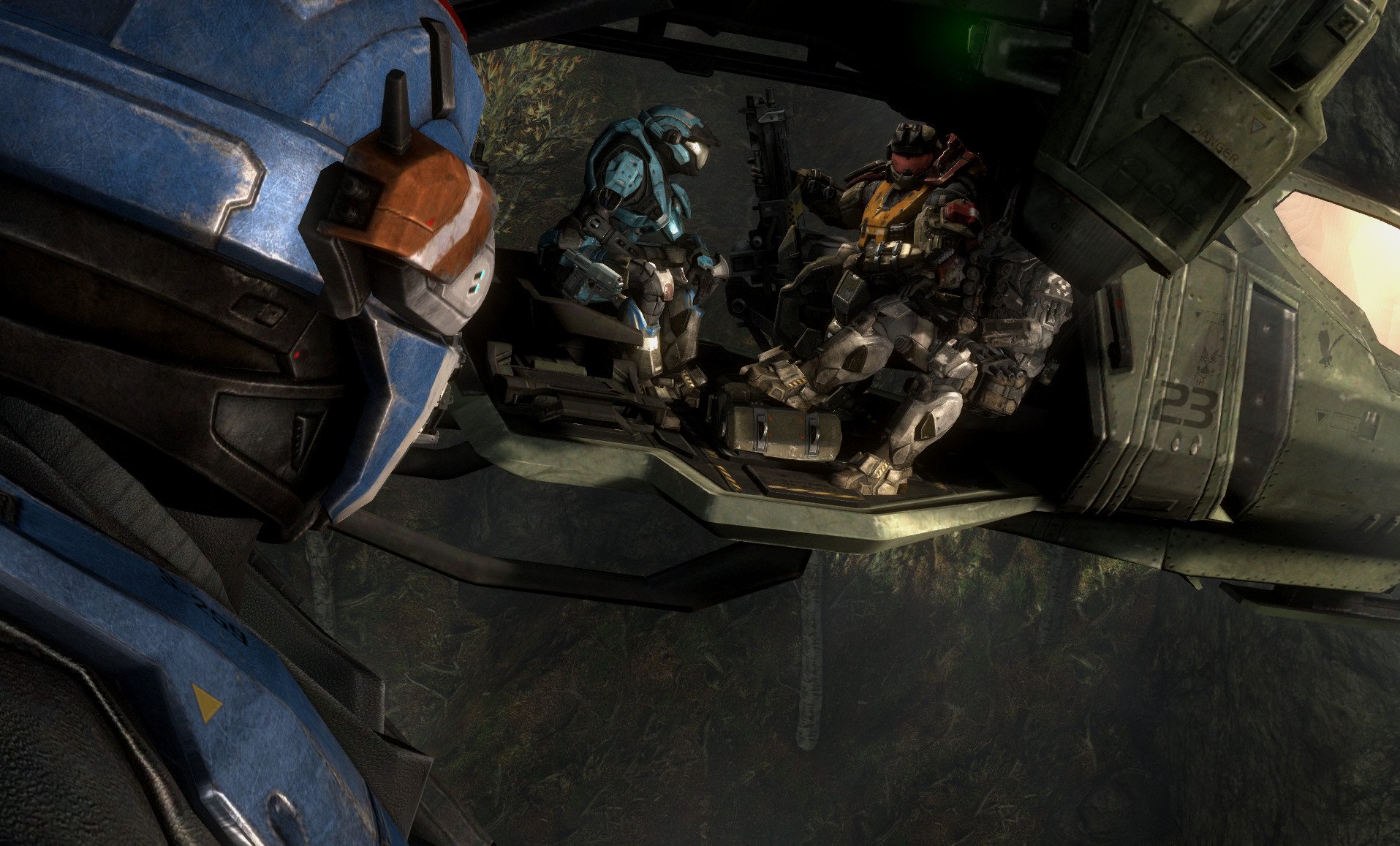
Taking the fight to the Covenant feels better than ever with a mouse and keyboard and modern PC hardware.
Halo: Reach's Campaign, which puts you in the shoes of Noble Six, a member of a squad of Spartans called Noble Team fighting to defend the planet Reach from the Covenant, is one of the two player-versus-environment (PvE) modes available. The other is Firefight, which is a wave defense mode against increasingly difficult assaults by Covenant forces. Both of these get a fantastic boost from the power of PC hardware. The flexibility of mouse and keyboard allows you to react to Covenant enemies faster and more smoothly than you ever could with a controller, and the various environments that make up Halo: Reach's 10-hour campaign and its suite of Firefight maps look crisper, cleaner, and sharper than their Xbox 360 version counterparts. The game doesn't look modern by any means — it is a 2010 release, after all, and the title's age is very noticeable — but it's still leagues better than the original, with lighting in particular getting a major boost in quality. There's a noticeable lack of graphics options aside from turning on "Enhanced" graphics (you can't change things like view distance or shadow quality specifically), but there's probably a good reason for that, as the original game was never made to be on PC in the first place.
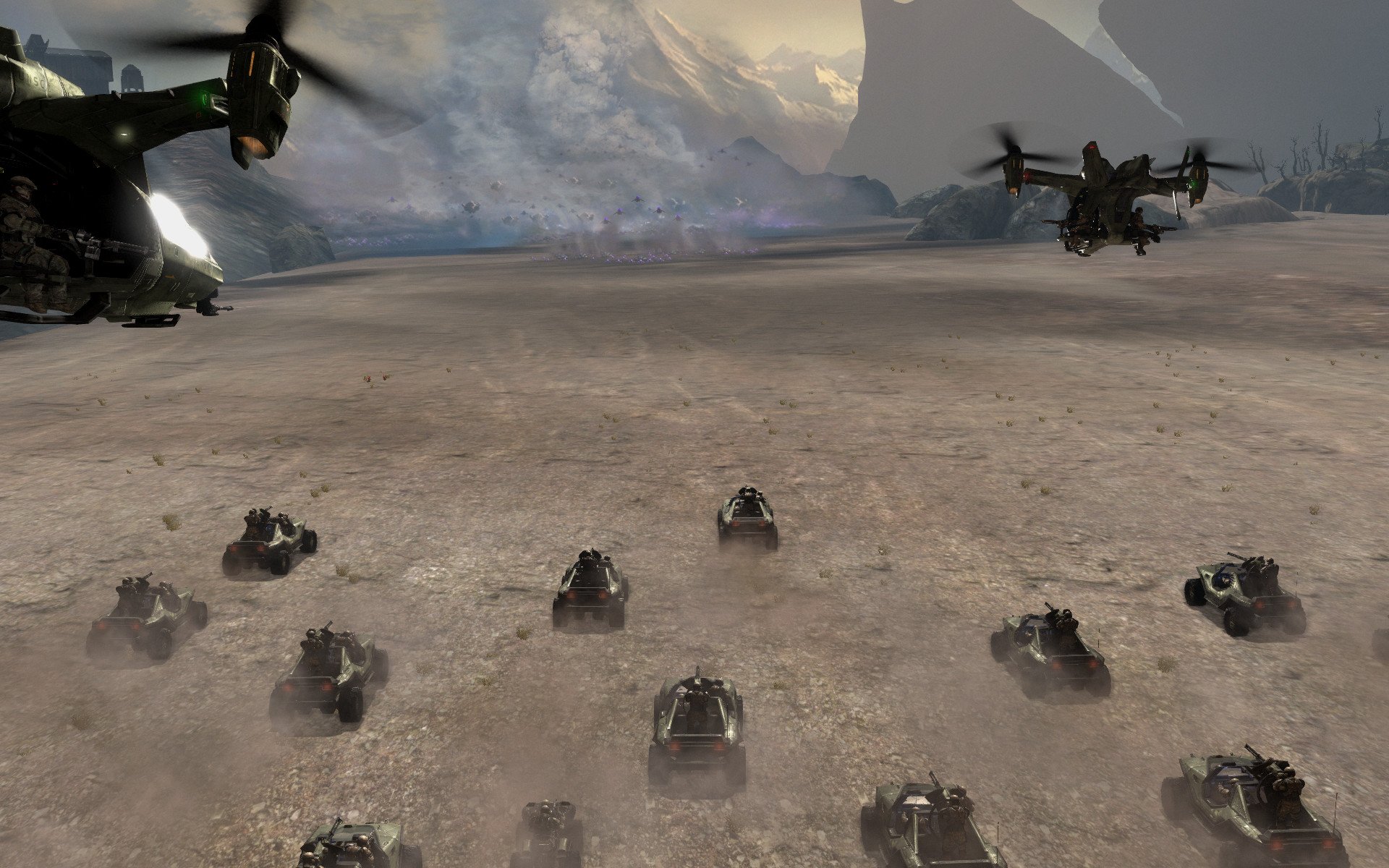
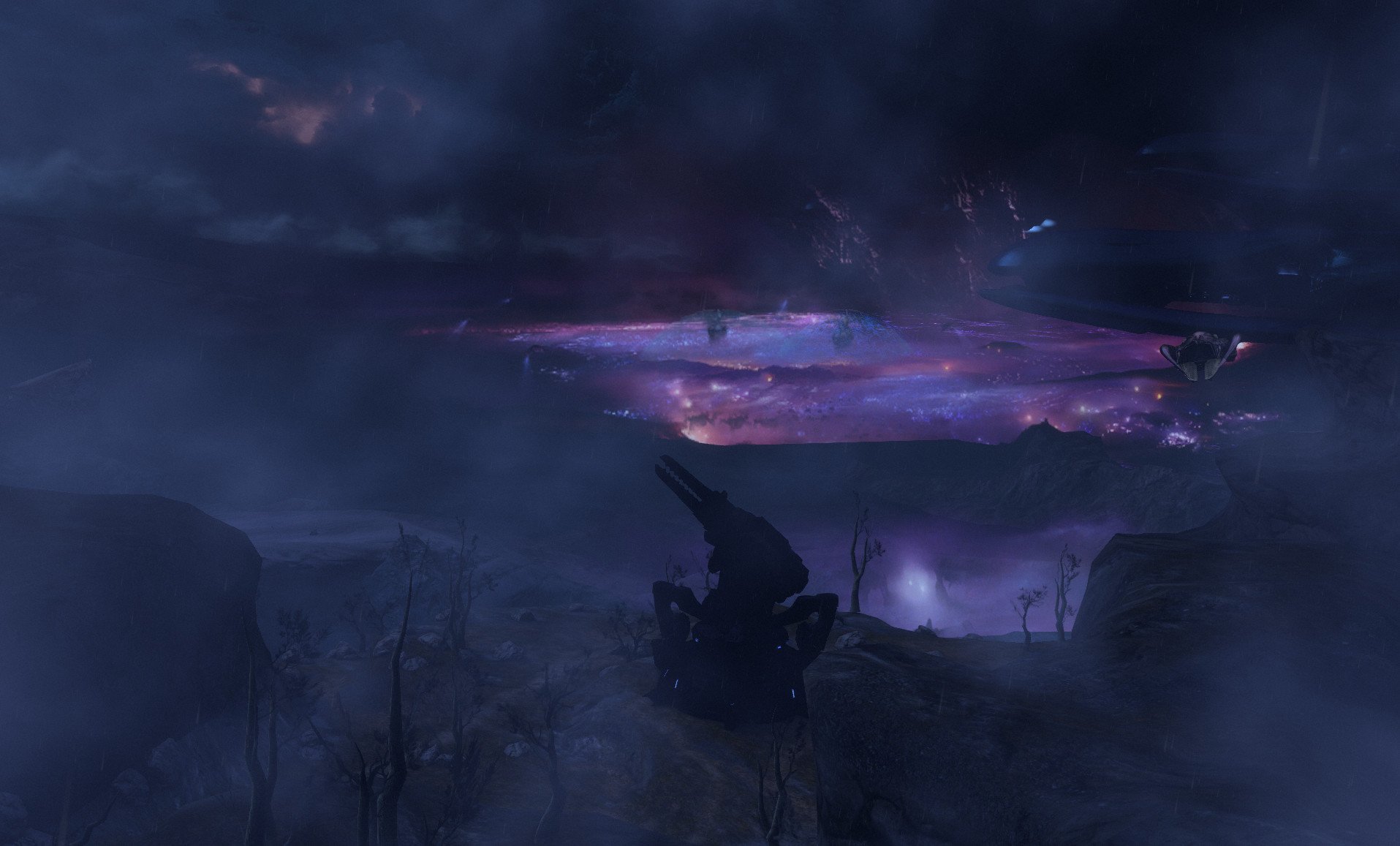
In terms of performance, the Campaign and Firefight modes run excellently. Though you might get a screen hitch or slight frame-rate dip during large engagements with lots of visual effects, 95% of the time, you'll have a buttery smooth 60+ frames per second (FPS) experience. The frame rate is uncapped, so if you've got good enough hardware, you can push the FPS as high as your monitor's refresh rate allows. There's an audio bug that currently affects the whole game and makes it sound muddy and muffled, but aside from that, I've had no issues.
Related: Halo: Reach on PC minimum requirements
Multiplayer content and matchmaking quality
Halo: Reach's suite of action-packed multiplayer content is also available, and it also greatly benefits from the PC platform. The mouse and keyboard is considered the top input setup for shooter games for a reason, and the preciseness and control that it offers fits Halo like a glove. In addition, 60+ FPS makes gameplay look and feel smoother, which is important when you're up against other players. You can remap your keys to whatever you prefer if you're not a fan of the default controls, and the game even has a field-of-view slider now, which gives players a much-appreciated amount of control over what their peripheral vision will look like. This is a feature that's great across the entire game, but it matters even more in multiplayer where seeing (and shooting) an opponent first can be the difference between life and death. You can select which specific type of modes and gametypes you want to play, too, which allows you to curate your mutiplayer experiences.
All the latest news, reviews, and guides for Windows and Xbox diehards.
When it comes to how stable the multiplayer is, Halo: Reach on PC is better than I was expecting. I was anticipating issues with matchmaking and in-game connections, but I've had very few issues finding games or experiencing lag during them over my playtime. This is a big relief, as many were afraid that we would be dealing with a repeat of the disastrous Master Chief Collection launch on Xbox One back in 2014. Custom Games work just fine, too.
New progression system
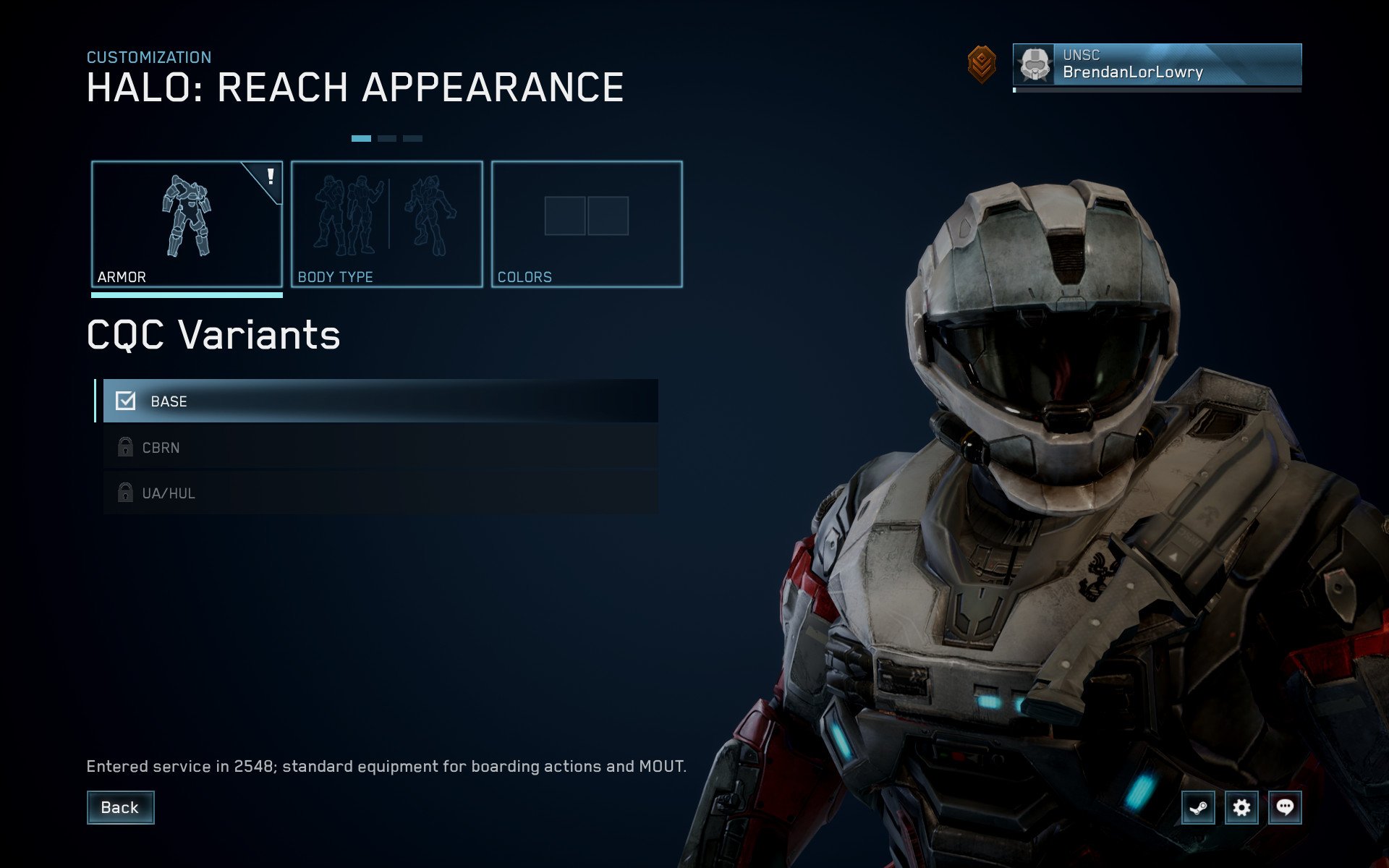
The new progression system is good overall, though the lack of choice is disappointing.
New with the launch of Halo: Reach on PC is the progression system, which takes inspiration from the original game but operates more like a modern day battle pass. By playing multiplayer and Firefight in the game, you earn experience points that level you up, similar to how the credit (cR) system worked in the Xbox 360 version. However, instead of being able to spend your cR on pieces of armor you specifically want, you earn all of the armor in the game linearly by progressing through ranks on the game's battle pass-like system.
Ultimately, I like this system because it rewards time investment, and performing well in-game nets you higher experience so skilled players will have their success rewarded as well, but the loss of the ability to choose what you want to unlock when you want to unlock it is unfortunate.
User interface and mod support


Finally, Halo: Reach on PC utilizes an overhauled version of the user interface (UI) from the Master Chief Collection on Xbox One, complete with clear indicators for toggleable options and a good balance between information and empty space. The result is a UI that looks clean and tidy, which is good to see after how cluttered Halo 5: Guardians was. The UI is snappy and organized well, too.
The game can be launched in "mod mode," which disables the anti-cheat software the game has but prevents you from accessing matchmade multiplayer content. This allows modders to develop and test mods out for the Campaign or Custom Games, and players can also install those mods and use them in this mode. A more long-term, official type of mod support is still coming, but for now, I'm happy to see that the game supports modding in some capacity.
So should you buy Halo: Reach on PC?
Halo: Reach on PC is fantastic, and both Halo veterans and new fans alike should download it.
While the game-wide audio bug, lack of advanced graphics options, and inability to specifically choose what armor pieces you want to unlock are unfortunate, I can't help but be immensely impressed with how fantastic this port. The best part is the future looks even brighter for Reach on PC and beyond, as 343 Industries has said that it is working on a fix for the audio, Forge and Theater are coming soon, and that long-term mod support is in the works. If the quality of this port is indicative of what every Halo game on PC will be like, the franchise will no doubt succeed spectacularly on the platform.
Whether you're a Halo fan who's excited to try a Halo title on PC for the first time, or a PC-only gamer who has been aching to play Halo since Halo 2 Vista, I can't recommend playing Halo: Reach on PC enough.
Halo: Reach is available for $10 on both Steam and the Windows 10 Store.

Brendan Lowry is a Windows Central writer and Oakland University graduate with a burning passion for video games, of which he's been an avid fan since childhood. He's been writing for Team WC since the summer of 2017, and you'll find him doing news, editorials, reviews, and general coverage on everything gaming, Xbox, and Windows PC. His favorite game of all time is probably NieR: Automata, though Elden Ring, Fallout: New Vegas, and Team Fortress 2 are in the running, too. When he's not writing or gaming, there's a good chance he's either watching an interesting new movie or TV show or actually going outside for once. Follow him on X (Twitter).

